BMX Racing Handlebars Explained – Rise vs Width Vs Sweep
BMX Racing Handlebars Explained – Rise vs Width Vs Up Sweep Vs Back Sweep and more
BMX racing handlebars come in all shapes and sizes, to find what’s right for you means you first need to understand all the variants.
There was once a time that there were very few choices. Pro sized bars were either S&M Slam bars or Slam copies. The smaller handlebars were dominated by the likes of Answer BMX. There weren’t a lot of alternatives.
Times have changed, however, and today there are far more brands with a much wider range of bars.
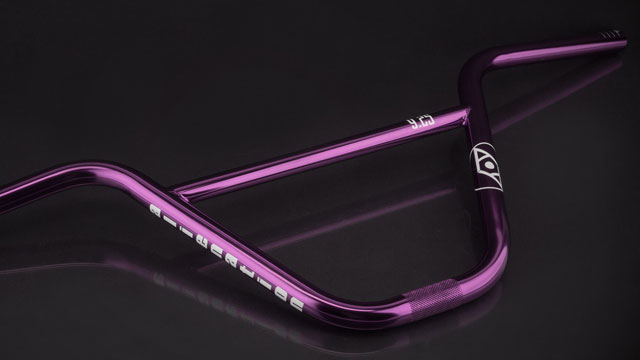
The first brands to come to my mind include;
- Supercross BMX
- Answer BMX
- Tangent
- Elevn
- Stay Strong
- Box
- Ciari
- S&M Bikes
- Alienation (My preferred bars)
And there’s a whole lot more!
When it comes to finding the right bars for you there are two main things to consider; geometry and budget. The geometry, which determines the feel of the bar, can be broken down further to rise, width, up sweep, back sweep and to an extent the size of the clamping area. But what do they all mean?
Rise
The rise, or the height, of the bars is measured from the centre of the clamping area to the centre of the end of the bars. A common rise among pro riders would be 8″, for cruiser you are looking at 5-6″ or 2-6″ rise for the juniors.
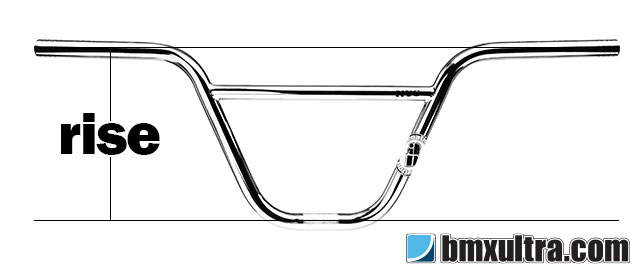
Width
The width of the bars are measured from end to end. UCI rules (6.1.075) state the maximum width is 29″ wide.
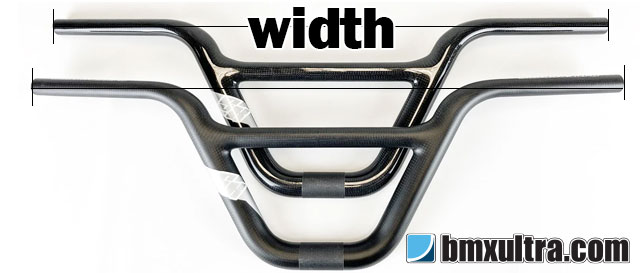
Up sweep
The up sweep is the angle the bars are bent upwards. A traditional up sweep is 1 degree. Newer bars tend to have 2-3 degree up sweep.
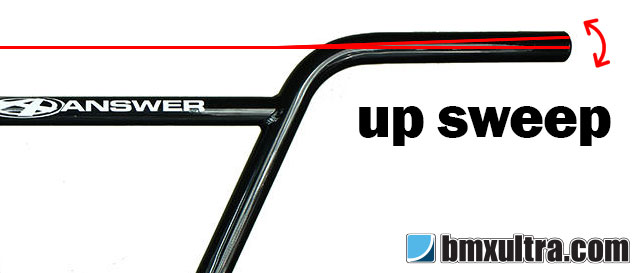
Back sweep
The back sweep is the angle the ends of the bars are bent backwards. Traditional back sweep is about 10 to 12 degrees. A newer trend is a flatter bend, this changes position your wrists and elbows the theory is that it’s for greater power. A “flat” bar is generally 4 to 8 degrees of back sweep.
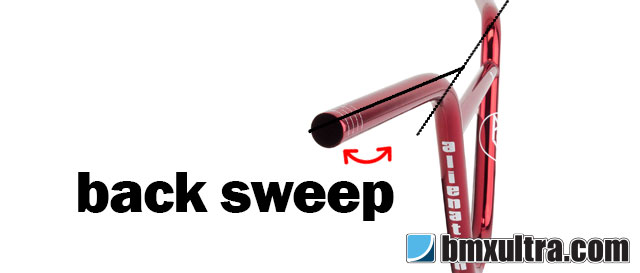
31.8mm Over sized clamping area
While standard bars have a 22.2mm diameter there is a 31.8mm option. The theory behind it is to offer greater clamping area, stiffness and strength, it would also require a 31.8mm stem.
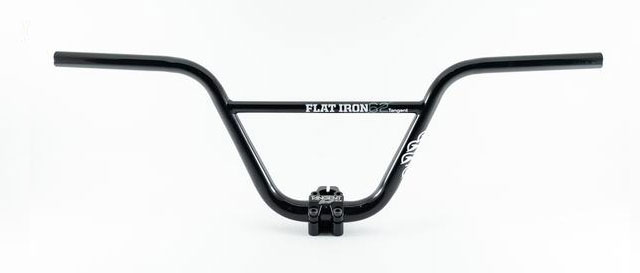
Materials
While BMX racing bars are available in a variety of materials the most common is cromo steel. Cromo offers strength, stiffness, durability and can be fairly light, especially when you start to talk about butted tubing which is almost a standard across all the big name brands.
Alloy is common among the younger racers, it’s affordable and light weight without the cost of carbon. Generally these are weight limited so it’s not common to see alloy bars among larger riders.
Carbon has been limited to smaller riders in the past, but we are starting to see larger sizes emerge. They are a lot more expensive than the other options but are the lightest available.
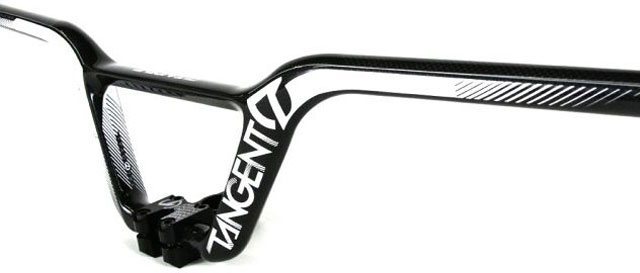
Pulling it all together
Personal preferences will change from rider to rider, and popular geometry and materials can be heavily influenced by trends.
When looking for the perfect bars for you it can be a matter of trial and error and some of the smallest changes can make the biggest differences. Rather than trying lots of bars on your own bike, which could be a costly and frustrating exercise, it might be worth while asking others how they came to select their bars. You might want to take it that one step further and ask if you can take their bike for a ride to get a better feel for their set up.
Coaches and bike shops can also be a good resource for better setting up your bike. There’s also the bmxultra.com sizing chart which will give you a rough guide to bar rise and width based on your height, but when it comes to the up sweep and back sweep you are on your own.
Posted in: News




